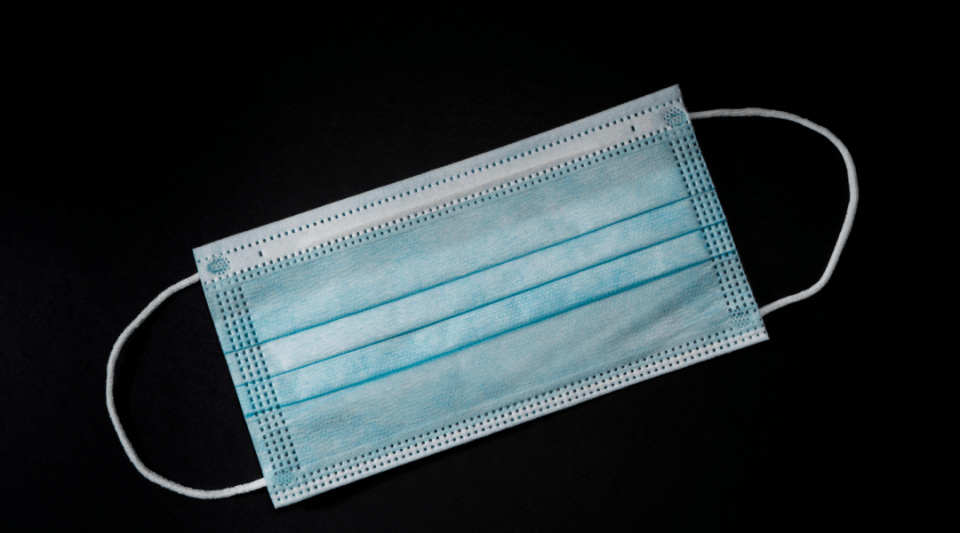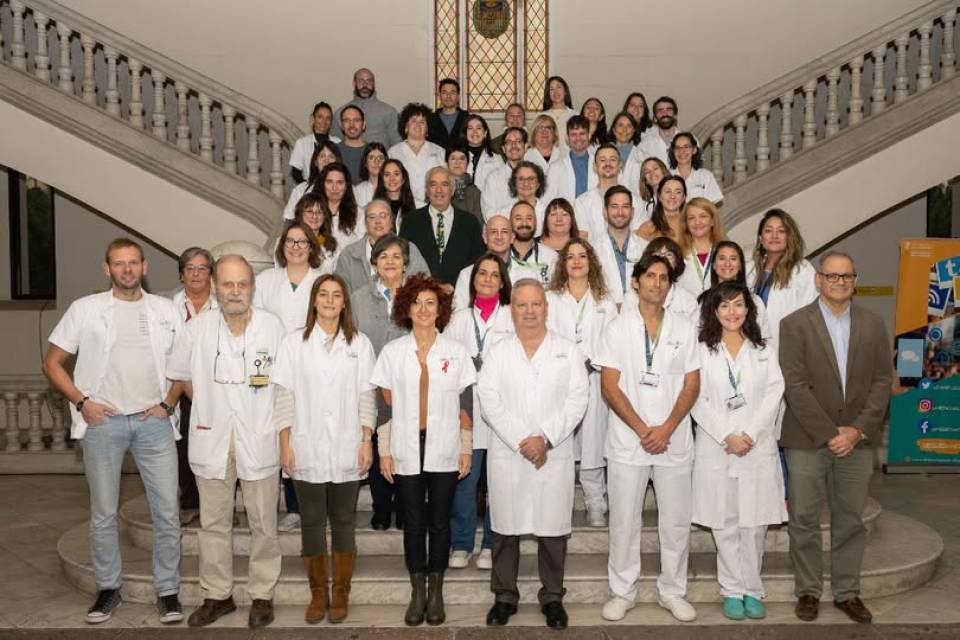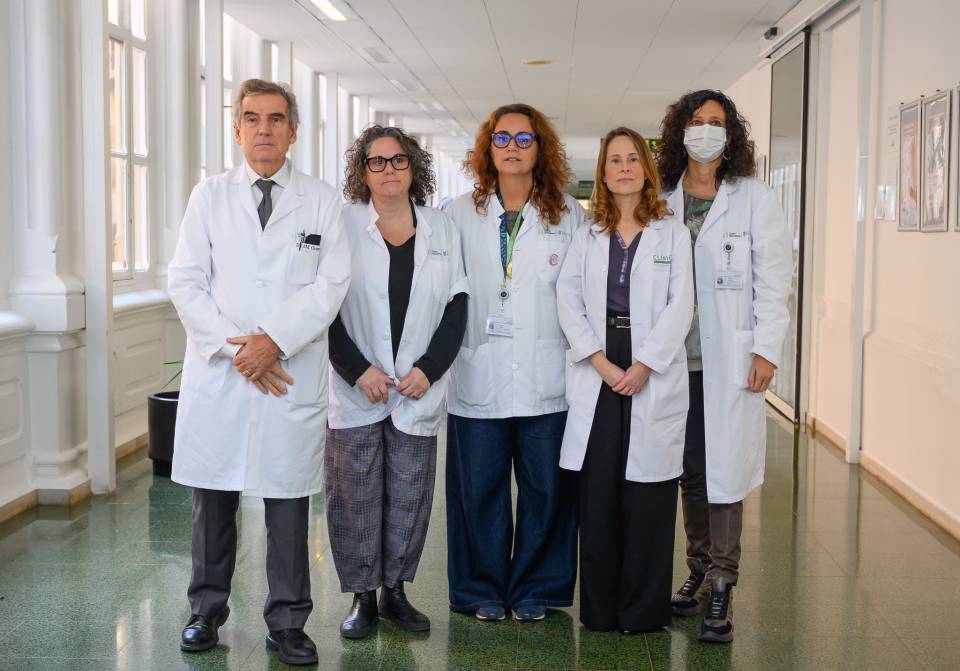Another advantage of this technique is that the surgeon does not use a microscope and can perform the operation with their head up looking at a screen, as already occurs with laparoscopic surgeries. The Hospital Clínic sees 690 patients with male infertility problems each year. The team leading these surgeries is made up of Dr. Josep Torremade, Dr. Joan Manuel Corral and Dr. Lluís Peri.
This surgical technique improves current surgical techniques in the field of reproductive andrology. One of the main indications for this surgery is varicocele. A varicocele is an enlargement of the veins inside the scrotum. It is a frequent cause of decreased and poor-quality sperm production, which can cause infertility. This surgery can also be used to retrieve testicular sperm in cases of azoospermia (absence of sperm in the semen). Anywhere from 2 to 15% of all cases of male infertility can be attributed to azoospermia.
According to Dr. Juan Manuel Corral, urologist at the Hospital Clínic “male fertility is a predominant health problem and also an emotional problem. With this technique, we retrieve sperm at the source of production, which is in the testicular tissue”. Meanwhile, according to Dr. Josep Torremade, also from the Hospital Clínic de Barcelona Urology Service, “this type of intervention improves the results of retrieval compared with those of the conventional biopsy".
Dr. Antonio Alcaraz, head of the Urology Service at the Hospital Clínic, says that, “the use of this technique once again shows the Hospital Clínic’s commitment to innovation, with the sole aim of improving patients’ quality of life and increasing efficiency in all processes”.
Male infertility
Male infertility is defined as being when a man has difficulties getting a woman pregnant after having tried for at least one year. The causes can be diverse, but above all they can be: physical problems with the testicles; blockages of the tubes that transport the semen; hormonal problems; genetic diseases; and even environmental or lifestyle factors. Up to 15% of couples fail to have children after trying to do so for one year. In 40% of cases the cause of this infertility is associated with a problem exclusive to the man, whilst in 20% there is a factor associated with both the man and the woman. Thus, male factor infertility is involved in at least 50% of infertility in couples. So, infertility affects both men and women.





